The failed promise of Pruitt-Igoe
Will St. Louis learn from the past to build a better future?
There are no monuments or historical plaques, and there aren’t likely to be any. Instead, all that remains is a famous photo or two, random chunks of concrete and rebar, and acres of naturalized forest currently being toppled by bulldozers.
Once, 15,000 people lived in Pruitt-Igoe, a housing project touted as the wave of the future by St. Louis City officials. Just like the DeSoto-Carr neighborhood that was razed to build this complex, and the Mill Creek Valley neighborhood just to the south, and another where America’s Center and the Dome now sprawl to the east, these former communities and centers of Black* culture and history have been tossed away, falling into the oubliette of time.
In recent years, many people have spoken about Pruitt-Igoe as a housing project, a doomed social experiment, a hellhole. But a good deal of the commentary focuses on the place, the architecture, or the path from construction to demolition.
Let’s not forget that many people made Pruitt-Igoe their home, and for a short time they built a thriving community. However, because the City failed them, their community suffered the same fate as so many that had come before.
This article will focus on how the City of St. Louis treated thousands of its poorest and most vulnerable residents in my own lifetime, reinforcing racial animosity and sowing distrust among many residents of the City and County to this day.
As Alicia Olushola Ajayi described, the “process of demolishing and rebuilding ignores the irreparable damage caused to Black communities, Black families, and Black bodies.” Erasing the history of these communities just perpetuates the harm.
Below is my humble attempt to remember the thriving neighborhood that once existed in this space and explore what led to its downfall.
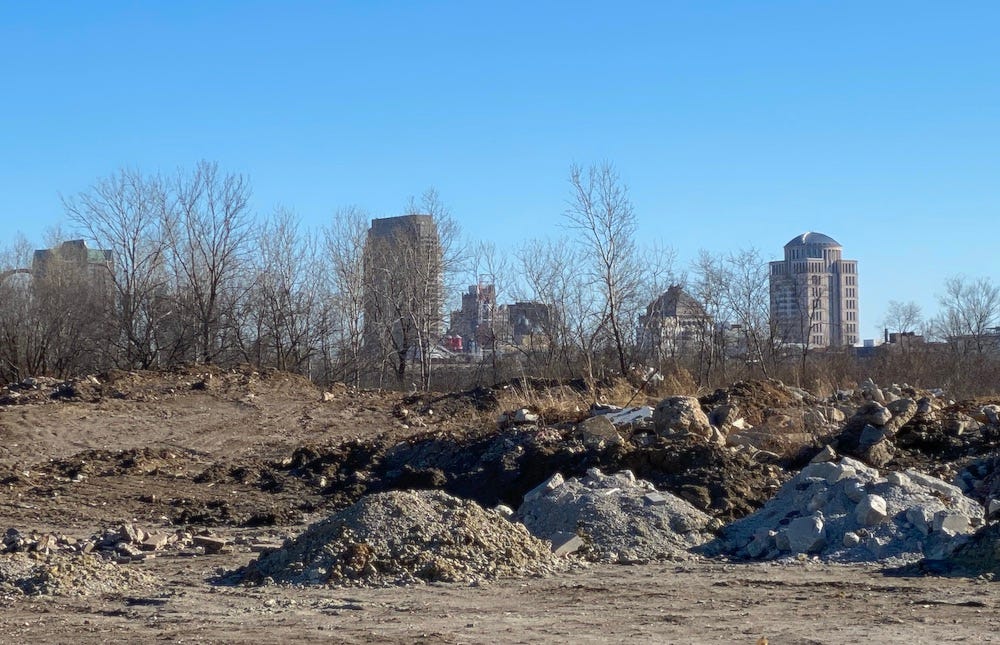
What was Pruitt-Igoe?
The City of St. Louis was once one of the country’s biggest and most important cities. The City had over 850,000 residents in 1950, and urban planners expected the city to grow significantly. (In fact, 1950 turned out to be a high point, and the population began a steady decline to just 301,578 in 2020. But that’s for another day.)
The Housing Act Of 1949 gave St. Louis money to build public housing, and the City’s leaders were excited about their plans. By labeling Black neighborhoods as slums, they could use federal money to could tear them down and then build new concentrated housing for the residents they displaced. By ridding the city of poor neighborhoods just west of downtown, Mayors Joseph Darst and then Raymond Tucker believed that they could open up land that could then be used to build thousands of new homes that would help the City thousands of new, and hopefully affluent, residents.
But of course, it was never as simple as all that. As Ajayi wrote,
“Public housing provided a solution that would uplift low-income families from poverty, remove the eyesore of blighted areas within view from downtown and contain the city’s growing black poor population to specific areas.”
And as The Pruitt-Igoe Myth documentary noted, in the 1950s and 1960s, “urban renewal found a new name: ‘Negro removal’.”
Architects George Hellmuth and Minoru Yamasaki designed the new housing project that would become Pruitt-Igoe. (As an interesting aside, Yamasaki would later go on to design the distinctive terminal at Lambert Field Airport and then the World Trade Center in NYC.)
The two phases of the project were completed in September 1955 and February 1956. Pruitt-Igoe was a housing project with 33 towers of 11 stories each, with a total of 2,870 apartments that early on housed as many as 15,000 people. The complex was located on a 57-acre plot of land in the DeSoto-Carr neighborhood, bordered by Jefferson Avenue, Cass Avenue, 20th Street, and Carr Street.
Although the pale brick shone in the sun, the complex was pretty basic in features. Apartments were small, with under-sized appliances designed to fit into tiny kitchens. “Skip-stop" elevators stopped only at the 1st, 4th, 7th, and 10th floors, opening onto galleries with stairs to the floors immediately above and below. These floors were also where the laundry rooms, communal rooms, and garbage chutes were located.
Initially, the complex was segregated. Whites were assigned the Igoe Apartments, named for William L. Igoe, an Irish-American Congressman from St. Louis, while Blacks lived in the Pruitt Homes, named for Wendell O. Pruitt, a Tuskegee Airman from St. Louis. Some residents had already moved in when segregation came to an end with the Brown v. the Board of Education decision in 1954. After that, whites moved out and took advantage of new federal loans to buy houses out in the suburbs, leaving behind Black residents who were unable to apply for the same loans.
The early days of the new complex
Many of the first residents of Pruitt-Igoe had jumped at the chance to move in. Coming from century-old homes, often without running water, with only a pot-belly stove for heat, the new complex was shiny and seemed like a step up.
Former tenant Ruby Russell told the makers of The Pruitt-Igoe Myth that “it was like an oasis in the desert.” She moved into an apartment on the 11th floor and called it her “poor man’s penthouse.” She went on to say,
“It was a very beautiful place, like a big hotel resort, I’d say, with plenty of green grass, trees, shrubbery, and all the works.
Jacquelyn Williams, another former resident, described how, in her first home, her mother slept on the floor in the kitchen. But for her, moving into Pruitt-Igoe
“was probably one of the most exciting things of my life. It was like another world. Everybody had a bed. My mom had her own bed. And I was so happy to see her in a room to herself, with a door.”
In the documentary, former residents reflect on the early times, when they had lots of places to run around and play, and there was a sense of community. Williams noted, “I’m very truthful when I say my memories of Pruitt-Igoe are probably some of the best memories I have.”
“We worked hard in Pruitt-Igoe,” former tenant Rachel Johnson told the Post-Dispatch in June 1975. “We planted flowers and we waxed the floors. We loved it.”
But living in Pruitt-Igoe came with challenges from the start. The most egregious was likely the ‘man in the house rule’ dictated by the Missouri Welfare Department. This rule (which was not limited to Missouri and was successfully challenged in 1968) prohibited women who received Aid to Dependent Children (aka welfare) from living with men, even if they were married. Initially, residents were also not allowed to have telephones or televisions either, and as Williams put it, they “were left at the mercy of the system.”
Williams described how the welfare rules made them feel. In the minds of the government, she said, it was like they were saying, “We’re giving you money, we want to be able to control you. We’re giving you money, so we have the right to make stipulations as to how you use it and what you use it for.”
Brian King, another former resident, said that the system was designed to make people feel isolated and restricted. “You’re bad, we have to restrain you, we have to curtail what you’re doing. It was devoid of humanity… It seemed more like a prison environment that you had to escape from.”
In her essay, Candace Borders described how the Welfare Department acted as though Black women in public housing were incapable of making responsible decisions where reproduction was concerned. As a result, fathers would hide in closets and mothers told children to lie to any white person who came to the door, saying they hadn’t seen their fathers.
That meant from the start the complex was filled with very poor single mothers, or broken families, as many husbands had to find other accommodations. That meant there were no fathers to help manage the family or provide additional supervision, education, and support. And any money coming in had to be split between two households.
Maintenance and Upkeep
One of the biggest challenges for Pruitt-Igoe—and arguably the main reason for its failure—was that the complex had been built with federal money but administered by the St. Louis Housing Authority, which funded the buildings’ upkeep directly through rents the residents paid.
As the buildings were constructed, the Public Housing Administration pressured the City to keep costs down. Katherine Bristol explained how the Pruitt-Igoe contractors used cheap hardware so doorknobs and locks broke quickly, windows blew in because of the poor frames, and cabinets were made from thin plywood. Meanwhile, landscaping and playgrounds got cut from the budget.
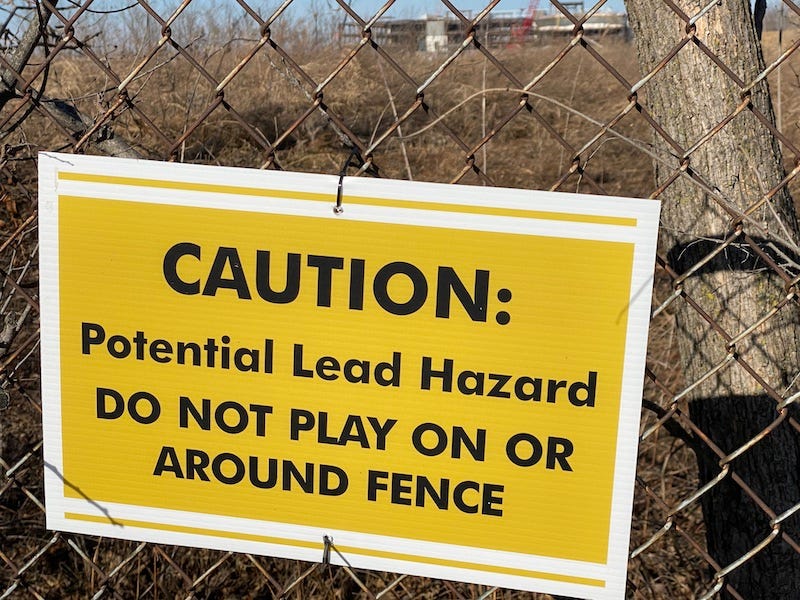
And those shortcuts meant trouble down the line. In The Pruitt-Igoe Myth, urban historian Robert Fishman pointed out that the amount of rent the tenants could afford to pay wasn’t enough to pay for the type of maintenance required for the buildings.
Simply put: there wasn’t enough money to fix everything that broke, so things deteriorated quickly.
Valerie Sills, another former resident, recalled in the Pruitt-Igoe documentary that early on the buildings were always clean, and maintenance men were always sweeping. But then things went downhill until “it seemed like nobody cared anymore about Pruit and Igoe, the maintenance men stopped cleaning the elevators,” and kids started urinating in them.
When the elevators stopped, people would be stuck in them in the dark, and no one would come. Former resident Sylvester Brown recalled how as kids, he and his friends would push the doors open and climb up the cables. They got so good at it that other residents knew that it was more effective to ask these kids—not the building administration or the fire department—to get them out as well.
”In this very basic way,” Fishman noted, “the public sector failed the people who were living in these buildings.”
In February 1969 a city-wide public housing rent strike, led largely by Black women, was the first of its kind. Jean King, President of the Citywide Rent Strike Committee, said, “Let’s stop being so scared of what ‘they’ are going to do. We have the money, we pay their salaries.” For nine months residents withheld a total of $600,000 in rent, demanding the Housing Authority agreed to limit rent increases, make repairs, and give residents more of a say in the management of the properties. After almost going bankrupt, the Housing Authority finally capitulated. Rents were limited to 25% of a resident’s income, and residents received more of a say in the running of the complex.
Unfortunately, in January 1970, not long after the end of the rent strike, sub-zero temperatures combined with nonoperational heat caused water pipes to break in the buildings. Additionally, a sewer line broke, forming what a newscaster of the time called “a malevolent spring.” That led to a downward spiral that the complex could never reverse.
The downfall
The rent strike couldn’t solve all the problems of Pruitt-Igoe. The complex’s occupancy rate peaked in 1957 at 91% but as things got worse, the population declined every year after. Those with choices moved out, leaving only the poorest residents behind.
Unmaintained facilities led to frustration and anger. A lack of playgrounds, sports facilities, or other entertainment, led to thousands of bored kids. The combination was a disaster. When the garbage shafts overflowed, people threw their trash on the floor. Kids broke the lights in the elevators. And before and after the rent strike, the Housing Authority was unwilling or unable to keep up with repairs.
The open design of the buildings and lack of a police presence also made it ground zero for opportunistic criminals—many of whom did not live at the complex—who sold drugs, assaulted women, and robbed the residents.
As Rachel Johnson noted back in 1975, “If you plant a flower and water it and take care of it, it will grow. If you don’t, it will die. The same thing happened to Pruitt-Igoe.”
Ultimately St. Louis determined that the situation was untenable. In 1968 the federal Department of Housing and the City started consolidating residents into fewer buildings and planned demolitions as a way to reduce costs of running a failing facility. In 1972, the government imploded three buildings, hoping to salvage the rest of Pruitt-Igoe, but the City couldn’t get the project under control. In 1976-77 the remaining towers were brought down by a wrecking ball.
Many people blamed the residents for the failure of Pruitt-Igoe. But as The Pruitt-Igoe Myth noted,
“Little was said about the laws that built and maintained it, the economy that deserted it, the segregation that stripped away opportunity, the radically-changing city in which it stood.”
Pruitt-Igoe and systemic racism
In a vicious cycle, despite most of the residents trying to maintain clean and safe homes, the high crime at Pruitt-Igoe stigmatized the residents who remained. Outsiders looked upon the residents as criminals and drug users and held Pruitt-Igoe up as an example of the horrors of public housing. Fear-mongering also helped to reinforce racism within the city, fueling waves of ‘white flight’ that encouraged more and more white St. Louisans to flee north St. Louis city and county for “safer” neighborhoods to the south and west.
The 1949 Housing Act made the suburbs affordable for the white working and middle class and made it more affordable to buy a new home in the suburbs than rent in the city, leading to significant urban flight. But other laws and policies that enabled white people to leave the cities also prevented Black residents from doing the same.
In one example, in 1970 a religious group tried to build low-cost housing in Black Jack, an unincorporated area of St. Louis County. Residents incorporated and fought the plan through zoning, using language such as, “the government was trying to bring ‘trash people’ into the suburbs” and stating that people who wanted to live in the proposed housing should be “shipped back to where they came from.” Ultimately their zoning laws were overturned because they violated Civil Rights laws, but the sentiments remained.
In St. Louis, neighborhood covenants and other restrictions prevented Black people from moving into a home, whether as a renter or a buyer (and as St. Louis Public Radio pointed out, they still exist today). Furthermore, it was difficult for Black residents to qualify for loans. Redlining meant people could not get loans to purchase homes in certain (almost always Black) neighborhoods. As KSDK, a local TV station, reported in November 2021, redlining and racial disparity in home loans persist to this day.
The map below shows the disparity in both loans by race and how many loans were given out in areas with high minority populations in 2018-2019. In the inset, which focuses on the City of St. Louis, there are almost no loans at all in the northern half of the city, and very few to Black applicants.
What’s left at Pruitt-Igoe today?
As of writing, much of the land on which the housing towers stood is still vacant, and as the sign above indicates, the land is considered toxic from lead and potentially other substances.
For decades, plans to develop the land have come… and gone, one after another. In recent years the land was gobbled up by NorthSide Regeneration, a development company owned by Paul McKee, who makes lots of promises to renovate local properties but instead allows them to deteriorate. Back in 2015, the plan was to build a hospital and medical complex, as well as an extended-stay hotel. Six years later, the city is still discussing these possible plans, though construction appears nearly complete on an urgent-care-style hospital named after Homer G. Phillips, referencing the full-service hospital that for many years served the Black community (the naming of which led to a controversy of its own).
The Gateway Schools to the southwest are new; the neighboring Pruitt School was built in 1955 for the residents of Pruitt-Igoe, and still stands as a Junior Naval Academy. To the east of the schools is DeSoto Park, built for the Pruitt-Igoe residents. Today it consists of soccer fields and a baseball diamond, along with some young trees and open space.
Just to the north is the construction of the new headquarters for the National Geospatial Intelligence Agency (NGA). In a Post-Dispatch editorial from 2014, the editorial staff argued that the Pruitt-Igoe site would be ideal for the NGA to relocate. They noted:
“The implosion of the Pruitt-Igoe experiment more than 40 years ago was due in part to a failure of local, state and federal officials to develop sound policy that worked together, in terms of community building and serving the poor. Today more than ever, the mostly poor, mostly African-American north side of St. Louis needs investment more than any other area of the St. Louis region.”
However, the NGA determined that the land just to the north of Pruitt-Igoe would better serve its needs, leaving the land of Pruitt-Igoe still largely fallow. (Given the nature of the NGA, perhaps this was the best outcome, but that’s an argument for another day.)
As of October 2021, the City is considering plans to build office buildings, a hotel, and a parking garage on the Pruitt-Igoe site. (Is that why they’re bulldozing the trees, or are they just trying to make it look less abandoned for their new federal neighbors across the street?)
Final thoughts
If St. Louis—City and County alike—is ever going to truly thrive again as a city, its people and its leadership must come to terms with some very difficult moments in its history, and work to repair and rebuild not just buildings and streets but its reputation and trust with the Black community.
As Ajayi noted at the end of her essay, “We cannot continue to condone concentrated islands of Black poverty and in a moment of desperation allow explosions to wipe away our guilt.”
Thanks for reading this article. Telling this story was important to me, and I hope I’ve gotten everything right and done justice to the former residents of Pruitt-Igoe and their families. If you have memories of Pruitt-Igoe, know of additional sources, or (eek!) have corrections, please leave me a note in the comments.
Please also feel free to share it with others, and if you liked it, be sure to subscribe to Unseen St. Louis for more articles on under-appreciated aspects of the city’s past.
* See the NYT for an explanation for why I capitalize ‘Black’ but not ‘white’.
Main Sources


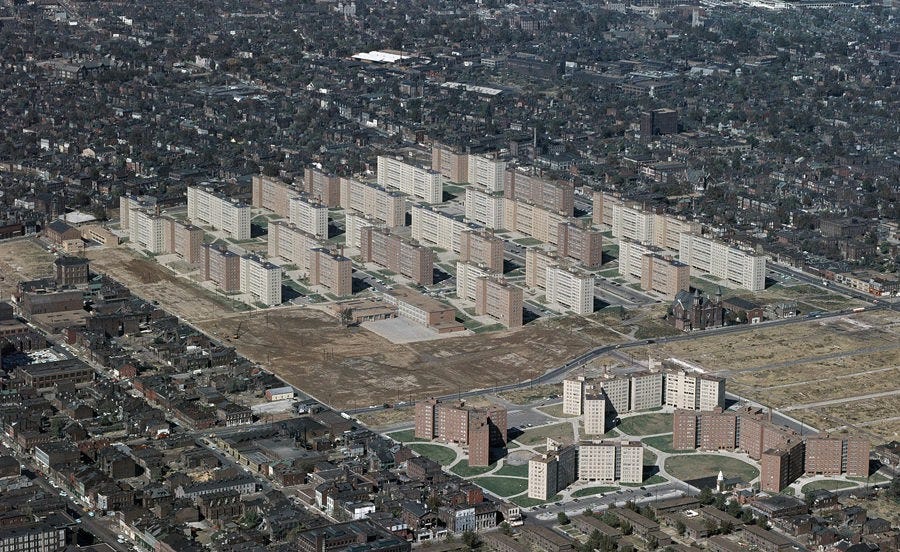
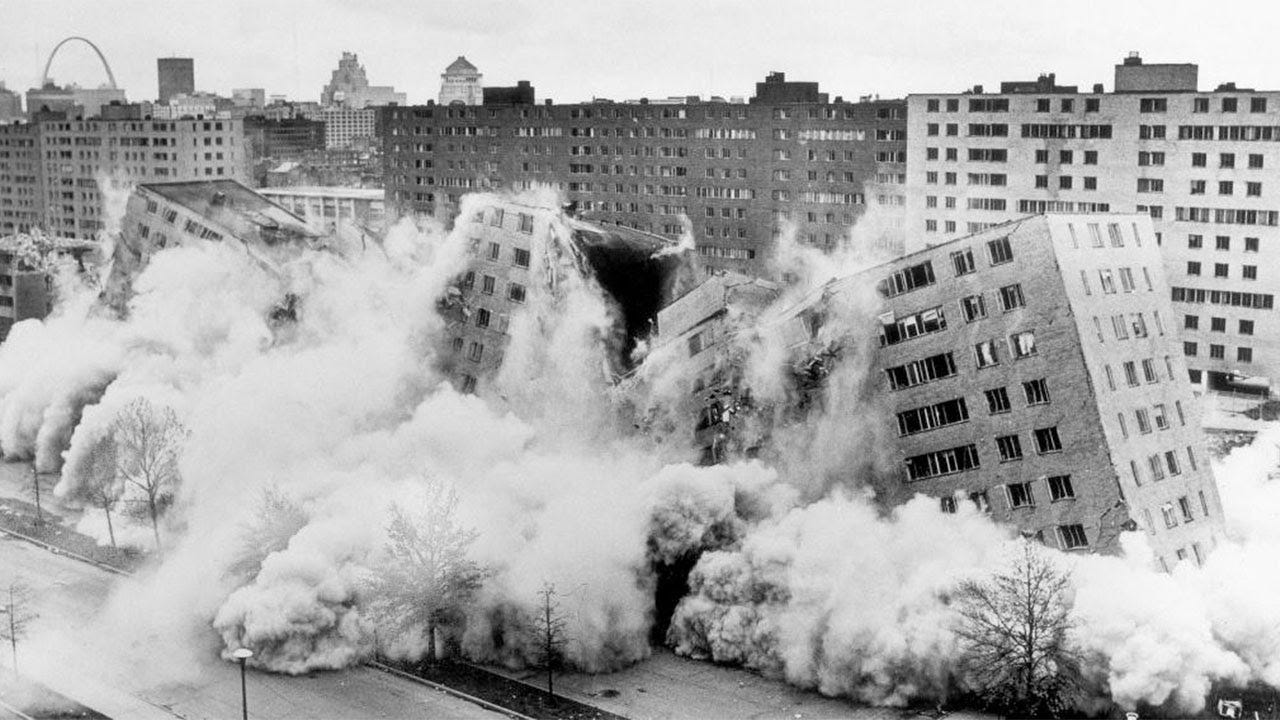

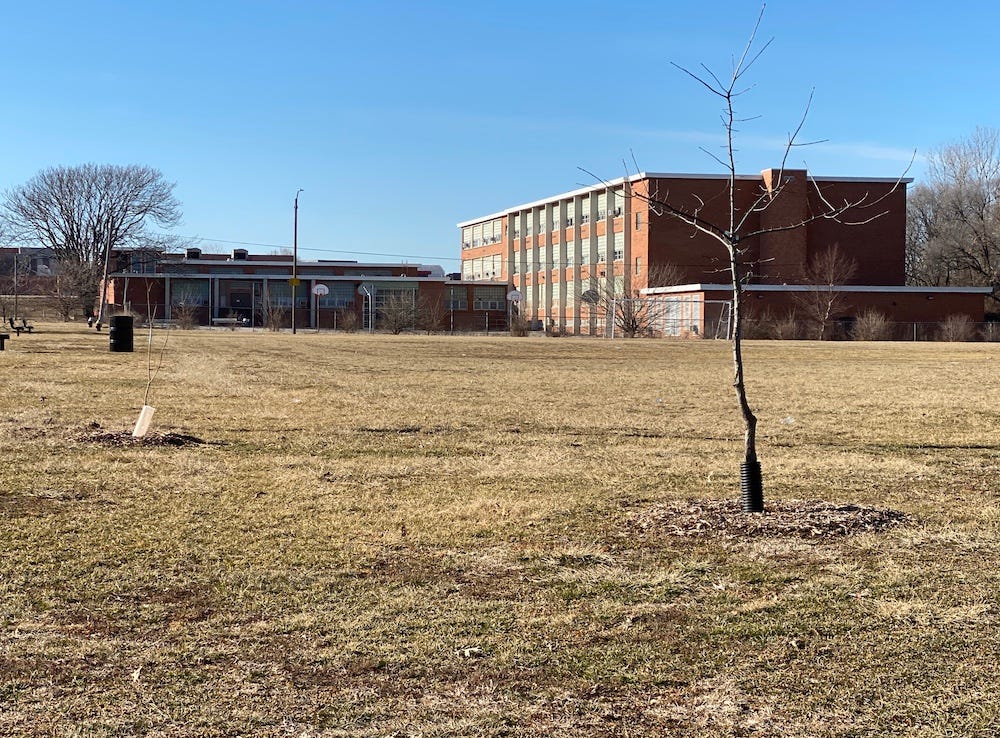
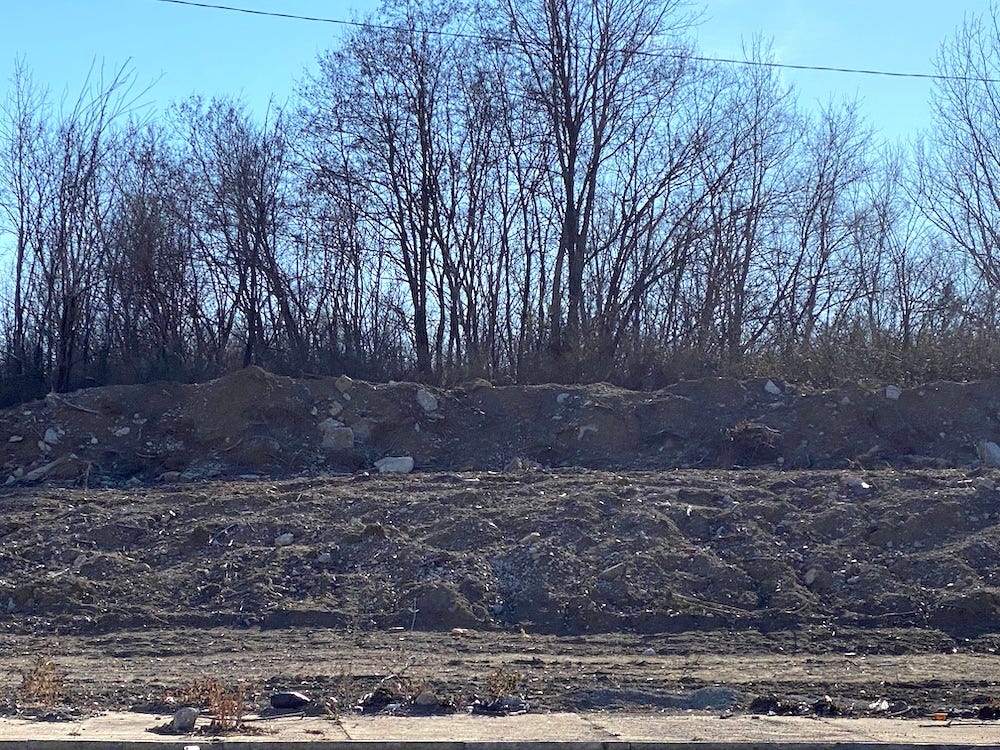
Thorough and well-written. There are Pruitt-Igoes all over this country. Detailing their stories and the communities they(dis)serve would make a fascinating book. I grew up in Brooklyn, NY and I'd love to read a piece like this on the housing projects built on Ebbets Field Baseball Stadium. Thank you for the chance to learn more.
Fascinating read, thank you